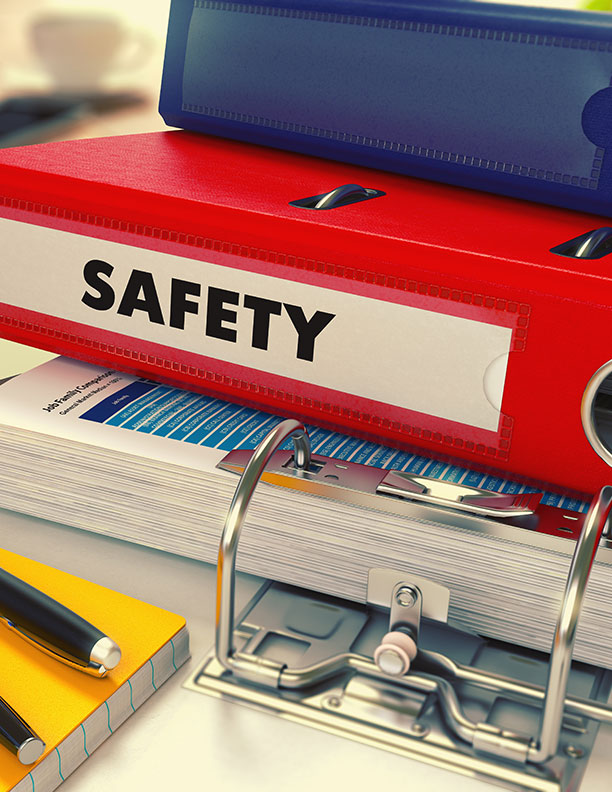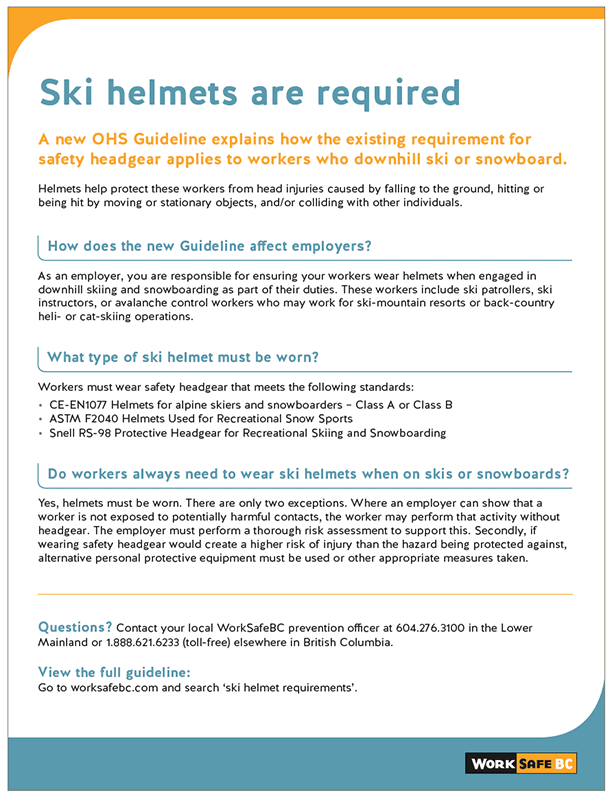July 31, 2017
Every year in British Columbia, 1000 workers take time off work because of workplace violence. Employers are responsible for informing employees of hazards or dangers in the workplace. Not only that, but they must also provide the training their employees need in order to do their work safely.
Jamie Millar-Dixon, principal of Millar-Dixon and Associates, a human resource consulting firm that has worked with a number of organizations in Vancouver including Edgewater Casino and the Westin Grand Hotel, acknowledges the importance of mitigating violence in the workplace. “Incidents have been escalating, more so in the last few years,” she said. Jamie cited theft and panhandling (which may lead to violent confrontations) as problems typical in larger urban areas.
For example, homeless people may confront customers outside entryways or may use the washrooms of a facility for illicit behaviour with drugs or alcohol. “Usually we had the manager or supervisor deal with these situations,” she said. “We didn’t want to put our staff in situations that the managers themselves couldn’t handle.”
Businesses around BC have begun to take practical steps to protect employees from potentially dangerous situations. These include:
- Using “panic buttons” for employees to activate during distressing situations
- Locking doors and using physical barriers to prevent movement through facilities
- Strictly enforcing alcohol policies
- Contracting security companies or using security personnel to deter criminal elements
- Awareness training from local police departments or downtown business associations
- Using surveillance cameras
To protect vulnerable employees, WorkSafeBC recommends not leaving back doors open and unattended, not emptying the garbage at night—especially if bins are located in a secluded spot or back alley—and giving a friendly greeting to anyone who enters the premises.
Jamie said that newer problems include an increase in stalking or harassment of employees from either customers or former companions, and generally more “acting out” in the workplace by disgruntled employees.
“Training is a great tool for giving employees technique-based information that can reduce some of these risks,” she said. In a typical training session an employee might learn to diffuse an insistent or irate customer by focusing on remaining calm, finding ways to help the customer save face, and addressing the customer’s concerns immediately or else taking his or her contact information and promising to follow up through a supervisor or manager.
Training could also give valuable advice for making your area of work unattractive to robbers. Doing things like keeping the premises well-lit and neat, watching for anyone loitering around the area, and knowing the location of phones outside the premises, all help to ensure safety.
But Jamie said that violence in the workplace doesn’t just start and stop with training. “It depends on what the culture is within your organization. Companies need to create a culture of respect. They should have a zero-tolerance violence policy and then make sure it’s applied consistently.”
Even BC companies that don’t see the effects of crime associated with larger urban areas still need to safeguard against violence in the workplace. Terry Schneider, owner of Prestige Inns, a group of hotels and resorts located across BC, doesn’t see as much potential for violence in his hotels, most of which are located in smaller communities.
But that doesn’t mean business owners like Terry can afford to relax. “We always try to put the employee first, make sure they’re not placed in uncomfortable situations,” he said. His employees are cautious with cash, vigilant about alcohol and informed about how to properly deal with irate customers or dangerous situations. “The employer has a social responsibility towards their employees,” he said. “We’re in the people business.”
MINIMIZING RISKS OF VIOLENCE IN THE WORKPLACE
According to WorkSafeBC workplace violence can happen outside of the job site. Any incident that occurs as a result of the worker’s employment qualifies as workplace violence, and employers must set up policies and procedures to minimize the risks to staff.
EMPLOYERS SHOULD:
- Conduct a risk assessment to identify the types of possible violence and the probability of injury to employees
- Develop and implement a violence prevention program (if risks exist) in co-operation with their company’s joint health and safety committee
- Ensure all workers understand the risks and have the knowledge to help prevent violent incidents. New employees must be trained in safe work procedures and all staff must be made aware of hazards as soon as they are identified
MORE INFORMATION
WorkSafeBC contains information and tips about working alone, dealing with irate customers, making bank deposits, making the store unattractive to robbers, arriving to and leaving work safely, and more. WorkSafeBC has also published a report that is available online titled Health and Safety for Hospitality Small Business.
RELATED ARTICLES
Tips to Mitigate and Manage Workplace Violence
WorkSafeBC: How to Create a Supportive Workplace
This article may be republished for non-commercial purposes subject to the provisions of the Website Use Agreement. To republish this article, you must include the following notice along with the article: “Copyright © 2020 go2 Tourism HR Society. All Rights Reserved. Republished under license.”This article describes safety tips for protecting employees against violent incidents involving members of the public.
Return to top


